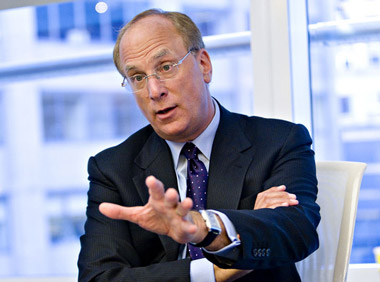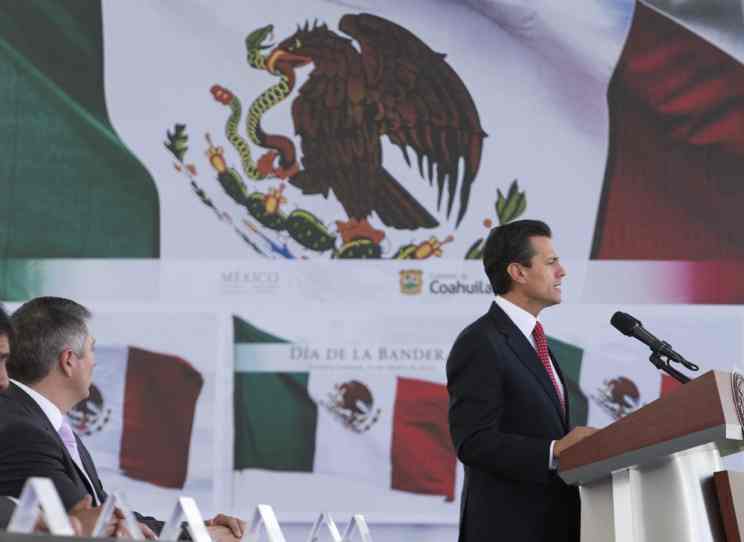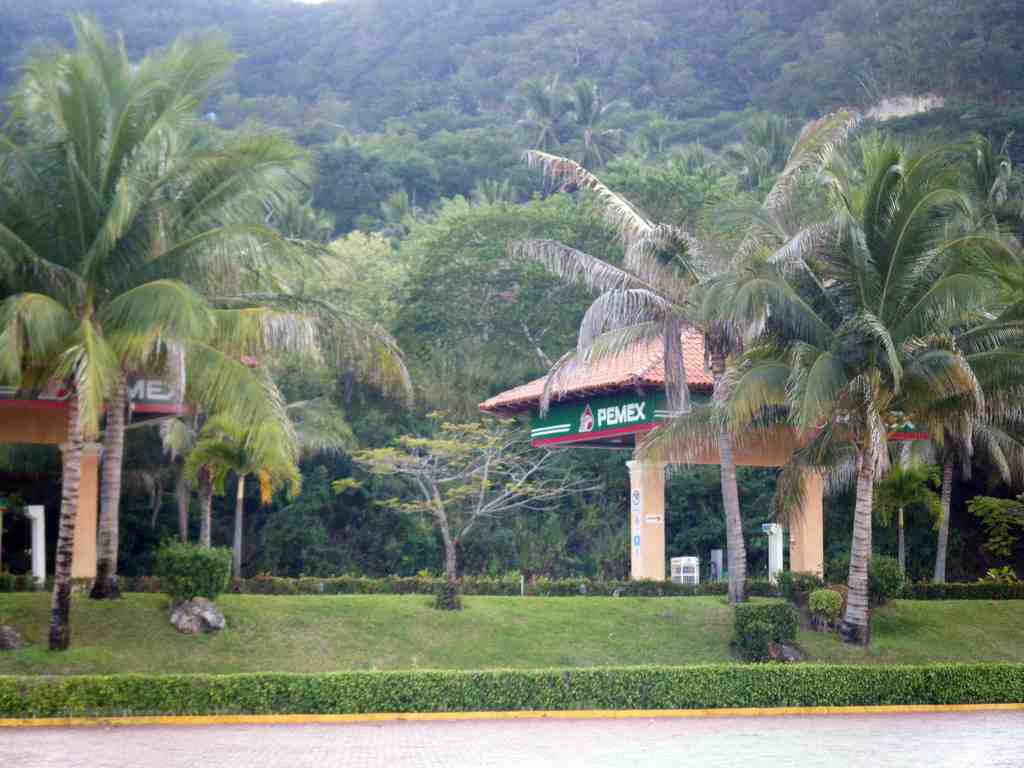Eduardo Garcia Lecuona, the founder and president of Intercam, believes that once Mexicans become familiar with the extent and the ground rules of the reforms undertaken by Enrique Peña Nieto’s government, the country will experience a big recovery. Although the Mexican economy has slowed in the first half of the year, other experts agree with his opinion.
During an interview with Funds Society, the executive reviewed the current Mexican financial situation and the history of the group, which is currently at the consolidation stage; at a turning point in the formation of the financial group three years after buying the missing piece in order to become a financial conglomerate. The purchase of Banco Regional de Chihuahua in Monterrey marked a before and after and provided a boost to its structure, which today consists of a brokerage firm, a funds management company, and a bank.
For Garcia Lecuona, Intercam is now at the consolidation stage, where the only thing left is to continue growing. Currently, with75 open offices and 800 consultants throughout the Republic of whom 150 are private bankers, the group does not contemplate its growth outside of Mexico. A few years ago they did contemplate their entry into Chile, but eventually discarded the idea because it seemed a very expensive market. However, the executive admits that they do not lack the appetite, but that they prefer to focus on Mexico for now.
Retraining the sales force
Garcia Lecuona explained that they have had to pay special attention to retraining its sales force because the amendment to the securities’ market regulations will change the rules of the game, making the market more transparent, but requiring greater accountability, and where, among other things, the interests of the manager and the client must be aligned. In this new scenario, “you have to verify the client’s risk profile from investment services… The dealer broker and the executive have much more responsibility in working with the client,” he pointed out.
Likewise, Garcia Lecuona said that what the client is looking for is the service, and does not understand the setting as much from the point of view of the regulations, but that does not mean that they have to stop paying their complete attention.
Regarding the current situation in Mexico, Garcia Lecuona acknowledged that the year has started very slowly, but hoped that as the rules of the second legislation of the new reforms become known, it will begin to show in the economy.
“Mexicans are seeing the impact of the reforms. Once we understand the rules, the recovery will be extensive.” Likewise, the executive stressed that in Mexico the security issue is not completely resolved. For Garcia Lecuona this has been a major deterrent to investment in recent years.
As to where higher growth is being recorded, Garcia Lecuona highlighted that in recent years, thanks to the Group’s extensive branch network, from Intercam, they have been serving Canadian and U.S. clients who chose Mexico for retirement in areas like Los Cabos or San Miguel de Allende, to name a few. This segment is amongst those in which they are encountering greater impetus. Additionally, they are experiencing growth in the support of companies and entrepreneurs with international business activity with local vision.
Intercam’s History
Intercam was founded in 1987 by Garcia Lecuona, an ex-banker from Citibank who managed the company in its infancy as a transnational banking business until in 1992, with the signing of the FTA between the U.S. and Mexico, trade between the two neighbors exploded, and thanks to the international payments of its client base, many of whom were exporters, Intercam recorded a tremendous growth during the 90s.
Another major step came in 2004 with the purchase of a fund management company through which Intercam began selling its own products; it began with two general debt funds, one in pesos and the other one in dollars, but it also began to distribute third party funds. “We started with the open-architecture model, which brought more customers to our business.” From 2004 to 2008 they entered the wealth management business offering consultancy services to those clients for whom they performed business transactions. Back then the group’s average client had approximately $50,000 invested in funds, while currently their average client has over $400,000. They now have six funds of their own and distribute more than 68 funds including bond, variable, and hedge funds from Mexican mutual funds companies.
The brokerage house came in 2006 and in 2010 they began operating the Intercam broker dealer in Miami, with which they began to attract a further private banking segment and serving clients in Latin America who were seeking opportunities to diversify their investments.
Assets began to grow significantly and the company entered the institutional management business, attracting afores and insurance companies, clients with greater sophistication in managing their assets. For the past few years they have been annually renewing a mandate with FIRA, a Government Trust Fund for Rural Development, which only works with five fund managers.
Currently, Intercam boasts 68,000 clients, 53,000 of whom are companies and 15,000 private investors.




 For Fórmate a Fondo
For Fórmate a Fondo